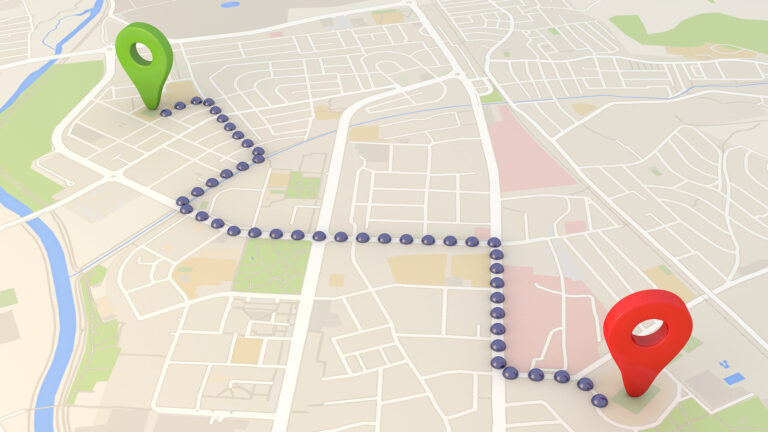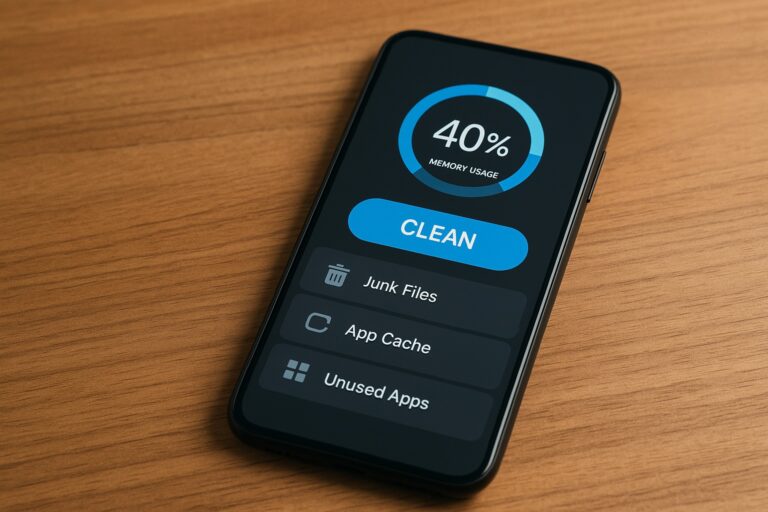Anúncios
In today’s fast-paced world, diet apps have become an essential tool for anyone looking to lose weight or maintain a healthy lifestyle. These apps offer features like calorie tracking, meal planning, and progress monitoring—all at your fingertips. By using them correctly, you can transform your eating habits and make better health choices every day.
However, simply downloading a diet app won’t guarantee results. The key lies in understanding how to use its features effectively and consistently. With the right strategy, you can turn your phone into a personal nutrition coach, helping you stay accountable and motivated.
Anúncios
If you’re ready to take control of your health and achieve sustainable results, this guide will walk you through each step of the process. From selecting the right app to avoiding common mistakes, you’ll learn practical strategies that actually work—without overwhelming you with complicated jargon. Let’s get started!
Understanding What Diet Apps Can Do for You
Diet apps are designed to make healthy eating more manageable and measurable. They allow you to track calories, monitor macronutrients, log workouts, and even connect with online communities for support. Popular options like MyFitnessPal, Lose It!, and Cronometer offer features that help users make informed decisions about their diet.
Some apps go beyond food tracking, providing recipe suggestions, barcode scanners for quick logging, and integration with wearable devices like Fitbit or Apple Watch. This means you can get a complete picture of your health, from steps taken to calories burned, all in one place.
Anúncios
Step 1: Choose the Right Diet App for Your Needs
Not all diet apps are created equal. Some are better for beginners, while others cater to advanced users or those following specific diets, such as keto, vegan, or intermittent fasting.
When selecting an app, consider:
- User Interface: Is it easy to navigate?
- Database Size: Does it have a large food database for accurate tracking?
- Customization: Can you set personalized goals?
- Integration: Does it connect to your smartwatch or fitness tracker?
If you’re unsure where to start, read user reviews and explore free trials. Websites like Healthline’s diet app reviews can help you compare features before committing.
Step 2: Set Up Your Profile Accurately
The more accurate your profile, the more personalized your recommendations will be. Input your:
- Current weight and target weight
- Height and age
- Gender
- Activity level
- Dietary restrictions or preferences
Avoid guessing—use a scale for your weight and a tape measure for your height. Inaccurate data can lead to unrealistic calorie goals and hinder progress.
Step 3: Set Realistic Goals
While it’s tempting to aim for rapid weight loss, setting overly ambitious goals can lead to frustration and burnout. Most nutrition experts recommend losing 1–2 pounds per week for sustainable results.
Your app will often suggest a calorie target based on your goal, but you can adjust it with guidance from a healthcare professional or registered dietitian.
Step 4: Log Your Meals Consistently
Consistency is key when using a diet app. Log every meal, snack, and beverage—even those small bites between meals. Use barcode scanning for packaged foods and weigh your portions for better accuracy.
Pro Tip: If you eat out often, look for apps that have restaurant menus in their database. This can save you time and help you make better choices when dining out.
Step 5: Track Your Physical Activity
Diet apps are more effective when paired with exercise tracking. Many allow you to log workouts manually or connect with fitness trackers. This ensures your calorie burn is factored into your daily energy balance.
For example, if you go for a 30-minute run, your app can adjust your calorie budget accordingly, helping you stay on track without feeling deprived.
Step 6: Use App Features to Stay Motivated
Many diet apps offer motivational tools, such as streak tracking, reminders, and achievement badges. Use these to keep yourself engaged.
Some also have community forums where you can share progress, ask questions, and find workout or recipe ideas. Engaging with others can boost accountability and make the process more enjoyable.
Step 7: Monitor Progress and Adjust Your Plan
Your journey won’t be perfectly linear. Use the app’s progress charts and weekly summaries to spot trends. If you’re not losing weight despite sticking to your plan, you may need to:
- Reassess portion sizes
- Increase your activity level
- Adjust your calorie intake
Remember, your body’s needs can change over time, especially as you lose weight.
Step 8: Integrate Your Diet App with Other Health Tools
Integrating your diet app with tools like smart scales, fitness trackers, and sleep monitors can give you a more holistic view of your health.
For instance, pairing your diet app with a Fitbit can help you understand how your sleep patterns affect your eating habits and energy levels.
Common Mistakes to Avoid When Using Diet Apps
- Underestimating Portions: Guessing portions often leads to underreporting calories.
- Skipping Logs: Missing entries reduces accuracy.
- Relying Only on Calories: Nutritional quality matters as much as calorie count.
- Setting Unrealistic Goals: Leads to burnout.
Benefits of Using Diet Apps for Healthy Weight Loss
- Convenience: Track anywhere, anytime.
- Accountability: Visual progress keeps you motivated.
- Education: Learn about nutrition in real-time.
- Personalization: Tailored recommendations based on your data.
Conclusion
Diet apps are powerful tools when used correctly, offering guidance, accountability, and motivation on your journey toward healthier eating. By selecting the right app, setting realistic goals, and staying consistent, you can make meaningful, sustainable changes to your lifestyle. Remember, the goal is not just to lose weight—it’s to build habits that last a lifetime.
Frequently Asked Questions
1. Are free diet apps effective?
Yes, many free apps offer robust features for tracking food and activity. Premium versions may add convenience but aren’t essential for success.
2. How accurate are calorie counts in diet apps?
They’re generally reliable, but accuracy depends on your portion estimates and the quality of the food database.
3. Can diet apps help with specific diets like keto or vegan?
Absolutely. Many allow you to customize macronutrient targets to fit your chosen diet plan.
4. Should I share my data with my doctor?
Yes, sharing logs can help healthcare providers give more personalized recommendations.
5. Can I lose weight without exercise if I use a diet app?
Yes, but combining a healthy diet with physical activity improves results and overall health.



